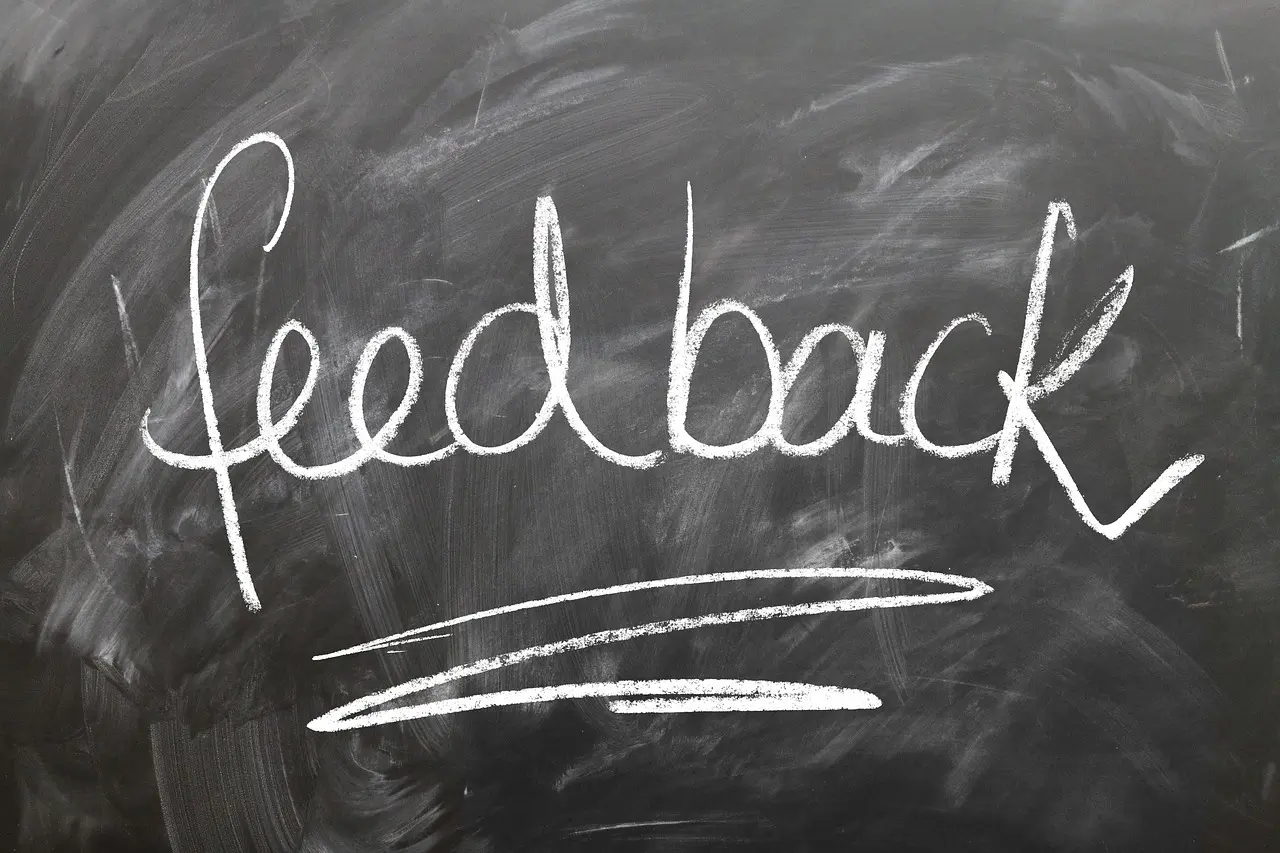High performance in life and business is not just only by working harder, there need to be element of smart work, understanding yourself, and aligning your actions with your goals. To truly excel, you need to firstly have a good understanding of who you are including your strengths, limitations, desires, and aspirations. It is key to take some time to think about your characteristics, superpowers, weaknesses alongside how others perceive you, you can build a roadmap to success and achieve high performance both personally and professionally.
In this post, we will explore the key elements that contribute to high performance, from self-reflection and goal-setting to branding yourself and planning for the future. Let’s dive deep into what it takes to truly unlock your potential and achieve your best.
Self-Reflection: The First Step Toward High Performance
Before you can achieve any meaningful success, you need to have a clear understanding of who you are. Self-reflection is a crucial process that allows you to take a step back and analyze your strengths, weaknesses, and how you interact with the world around you. It’s the foundation of self-improvement and the gateway to achieving high performance.
Start by asking yourself the following questions:
- What are my natural strengths?
- What areas do I struggle with?
- What do I enjoy doing, and what makes me feel fulfilled?
- How do I behave in different situations, and what motivates my actions?
Self-reflection isn’t always easy. It requires honesty and a willingness to face uncomfortable truths. However, the reward is invaluable. By understanding your core motivations and how you navigate challenges, you gain insight into what drives your performance and where you need to improve.
Looking in from the Outside: The Importance of External Feedback
One of the most important yet often overlooked aspects of self-awareness is understanding how others perceive you. Your self-perception may be significantly different from how others view you. This disconnect can create blind spots in your behavior and communication, preventing you from reaching your full potential.
For instance, you might see yourself as confident and assertive, while others may perceive you as overly aggressive or domineering. Conversely, you might feel unsure of yourself, while your colleagues view you as reliable, trustworthy, and insightful.
Seeking feedback from others—whether through formal methods like 360-degree reviews or informal conversations with trusted peers—can give you a new perspective. This feedback can help you:
- Identify areas where your behavior might be misinterpreted.
- Understand how others perceive your strengths and limitations.
- Adjust your approach to better align with how you want to be perceived.
By gaining a better understanding of how others view you, you can modify your behavior and communication style to more effectively engage with others. This doesn’t mean changing who you are to please others but learning how to manage the signals you send and how they impact your relationships and opportunities.
Setting Meaningful Goals: The Key to Fulfillment
Goal-setting is a critical component of achieving high performance. Without clear goals, it’s easy to drift through life without a sense of direction or purpose. However, simply setting goals isn’t enough—you need to set meaningful goals that align with your passions, strengths, and long-term vision.
Many people end up in jobs or roles by chance, influenced by circumstances rather than deliberate choice. They may feel stuck or unsatisfied because their work doesn’t align with their true aspirations. To achieve high performance, it’s essential to take control of your future by setting goals that are purposeful and motivating.
Here are some tips for setting meaningful goals:
- Reflect on What You Truly Want: What are you passionate about? What kind of work brings you joy and satisfaction? Identify your core interests and desires.
- Align Your Goals with Your Strengths: Set goals that leverage your natural abilities and talents. By working in areas where you excel, you’re more likely to achieve success and feel fulfilled.
- Create a Vision for the Future: Picture your ideal career and personal life. Where do you want to be in 5 or 10 years? Use this vision to guide your short-term and long-term goals.
Once you’ve set your goals, break them down into actionable steps. Achieving high performance requires consistent effort and a clear plan of action. By mapping out the smaller tasks needed to reach your larger objectives, you’ll stay focused and motivated.
Understanding Your Strengths and Limitations
High performance isn’t about being perfect—it’s about knowing where you shine and where you need improvement. Everyone has strengths and limitations, and acknowledging both is key to maximizing your potential.
To achieve high performance, focus on playing to your strengths while addressing your weaknesses. This might mean seeking out opportunities that allow you to use your natural abilities or developing skills in areas where you’re less confident.
A useful way to assess your strengths and weaknesses is through a SWOT analysis (Strengths, Weaknesses, Opportunities, Threats). Here’s a simple way to conduct one for yourself:
- Strengths: What do you do well? What skills or attributes set you apart from others?
- Weaknesses: What areas do you struggle with? Are there any skills you lack that could hold you back?
- Opportunities: What external factors could help you achieve your goals? Are there trends or technologies you can leverage?
- Threats: What challenges or obstacles stand in your way? Are there competitors or market changes that could impact your progress?
By regularly analyzing your strengths and limitations, you can ensure that you’re continually growing and improving in your career and personal life.
Developing Your Personal Brand
In today’s competitive landscape, personal branding is more important than ever. Your personal brand is the unique combination of skills, values, and experiences that differentiate you from others. It’s what people think of when they hear your name and the reputation you build through your actions and behavior.
Developing your personal brand is a key factor in achieving high performance because it allows you to stand out and attract the right opportunities. Here’s how to start building a strong personal brand:
- Be Authentic: Your personal brand should be a true reflection of who you are. Don’t try to mimic others or adopt a persona that doesn’t align with your values. Authenticity builds trust and credibility.
- Leverage Your Strengths: Focus on what you do best. Highlight your unique skills and talents, and position yourself as an expert in those areas.
- Communicate Consistently: Your personal brand is shaped by how you communicate with others. Whether it’s through social media, networking, or workplace interactions, be consistent in the way you present yourself and the message you convey.
A strong personal brand can open doors to new opportunities, whether it’s a promotion, a leadership role, or a partnership. By developing and maintaining your brand, you’re taking control of your professional image and positioning yourself for long-term success.
Planning for the Future: Adapting to Change
While setting goals is crucial, it’s also important to recognize that life is unpredictable. Plans can become outdated quickly, and rigidly sticking to them can cause you to miss out on unexpected opportunities. That’s why successful people approach planning with flexibility and adaptability.
There’s a famous saying: “All plans are useless, but planning is vital.” The act of planning helps you clarify your objectives and prepare for the future, but you must be willing to adjust your plans as circumstances change. Here’s how to create a flexible plan for high performance:
- Set Clear Objectives: Start with a clear vision of what you want to achieve, but be open to adjusting your goals as needed.
- Anticipate Change: Expect that things won’t always go as planned. Whether it’s a shift in the market, a personal challenge, or a new opportunity, stay adaptable.
- Review and Adjust: Regularly review your goals and progress. Are you still on track? Do you need to pivot or change direction based on new information?
By maintaining a flexible approach to planning, you’ll be better equipped to navigate challenges and seize opportunities as they arise.
Finally, achieving high performance is not about perfection or overnight success—it’s a continuous journey of self-improvement, goal-setting, and personal growth. By reflecting on who you are, seeking feedback from others, setting meaningful goals, and building a strong personal brand, you can unlock your full potential and achieve long-term success in both life and business.
Remember, high performance is about playing to your strengths, understanding your limitations, and being adaptable to change. As you continue to grow and develop, you’ll find new opportunities to push your boundaries and reach new heights. Stay committed to your personal and professional development, and the rewards will follow.
Take the time to invest in yourself, plan for the future, and cultivate the habits that lead to success. Achieving high performance is within your reach—you just need the vision, the plan, and the perseverance to make it happen.



